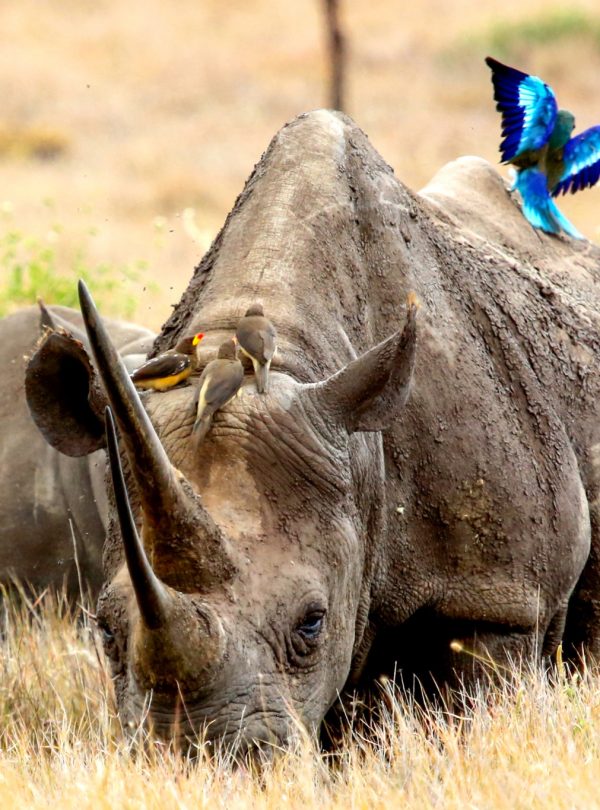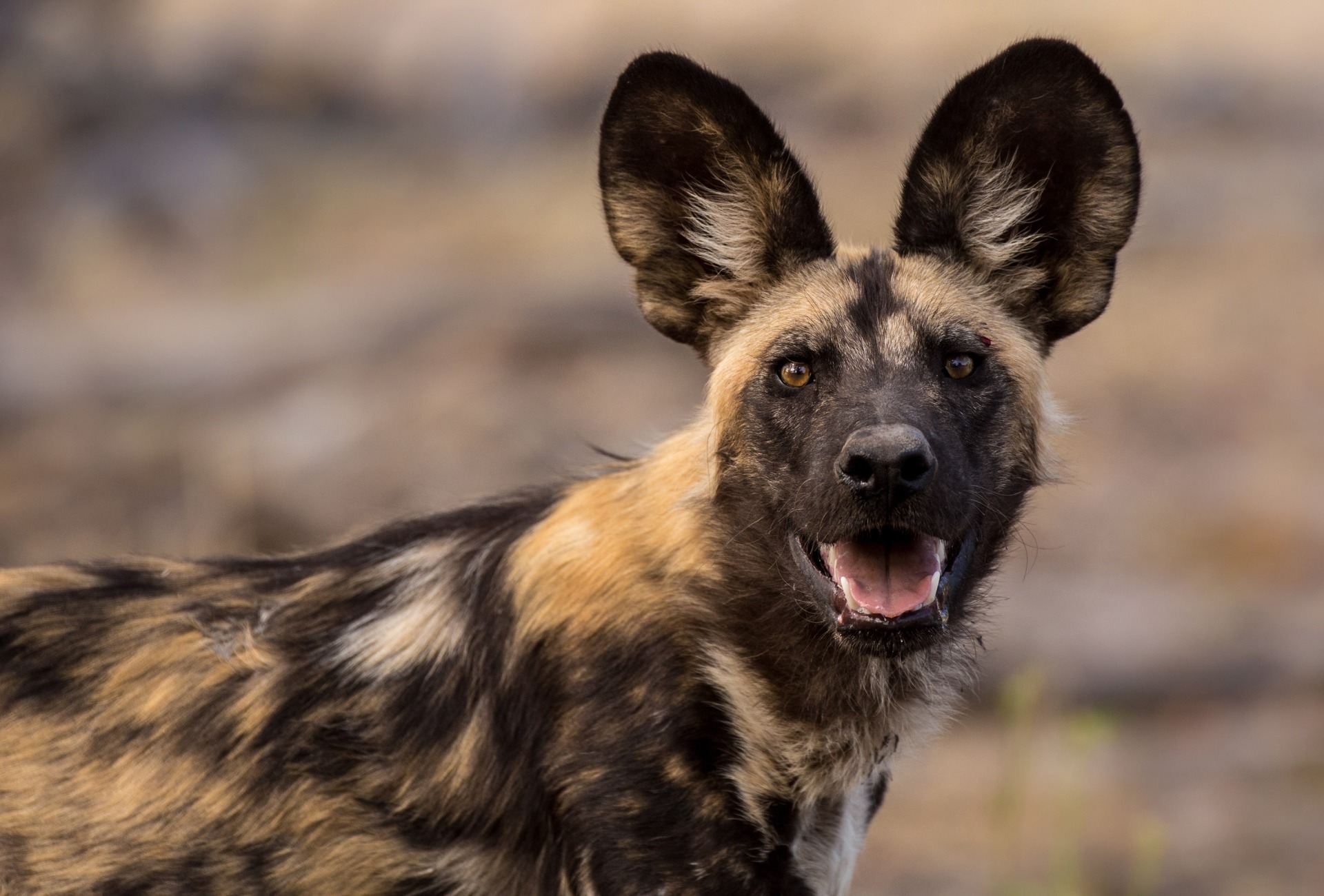
Expand a safe haven for “Africa’s Big Five”
Support More Work Like ThisSupport More Work Like ThisThe rangelands of central and northern Kenya are one of the most important conservation areas in East Africa for legendary and endangered African wildlife.
-
Species at Risk
Black Rhino (CR), African Wild Dog (EN), Grevy’s Zebra (EN), African Savanna Elephant (EN), Beisa Oryx (EN)
-
Carbon stored
1,207,771 mT*
*(metric tons of CO2 equivalents) -
Partner
The Nature Conservancy
-
54,650 Proposed Acres Conserved by
Designation
-
Project Cost: $3,190,000
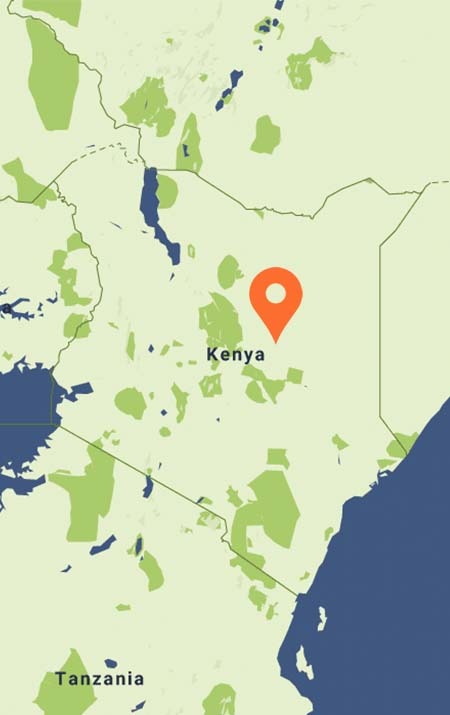
54,650
The rangelands of central and northern Kenya are one of the most important conservation areas in East Africa for legendary and endangered African wildlife.
-
Species at Risk
Black Rhino (CR), African Wild Dog (EN), Grevy’s Zebra (EN), African Savanna Elephant (EN), Beisa Oryx (EN)
-
Carbon stored
1,207,771 mT*
*(metric tons of CO2 equivalents) -
Partner
The Nature Conservancy
-
54,650 Proposed Acres Conserved by
Designation
-
Project Cost: £2,311,594

54,650
The rangelands of central and northern Kenya are one of the most important conservation areas in East Africa for legendary and endangered African wildlife like lion, leopard, buffalo and elephants—and the Critically Endangered Black Rhino.
There are 13 million acres of rangelands protected in community conservancies and reserves in north-central Kenya—that’s an area about twice the size of Hawaii. And to the south, another 179,000 acres are protected in a 43-mile-wide critical wildlife corridor that buffers the range for migrating wildlife.
But significant gaps still remain in this wildlife corridor, and much of this vital habitat is owned by private individuals. Rainforest Trust is joining a collective of conservation organizations lead by The Nature Conservancy to purchase 54,650 acres for wildlife. Rainforest Trust seeks $3,190,000 to support this project.
More than
species of birds live and breed in this landscape.
Explore Kenya
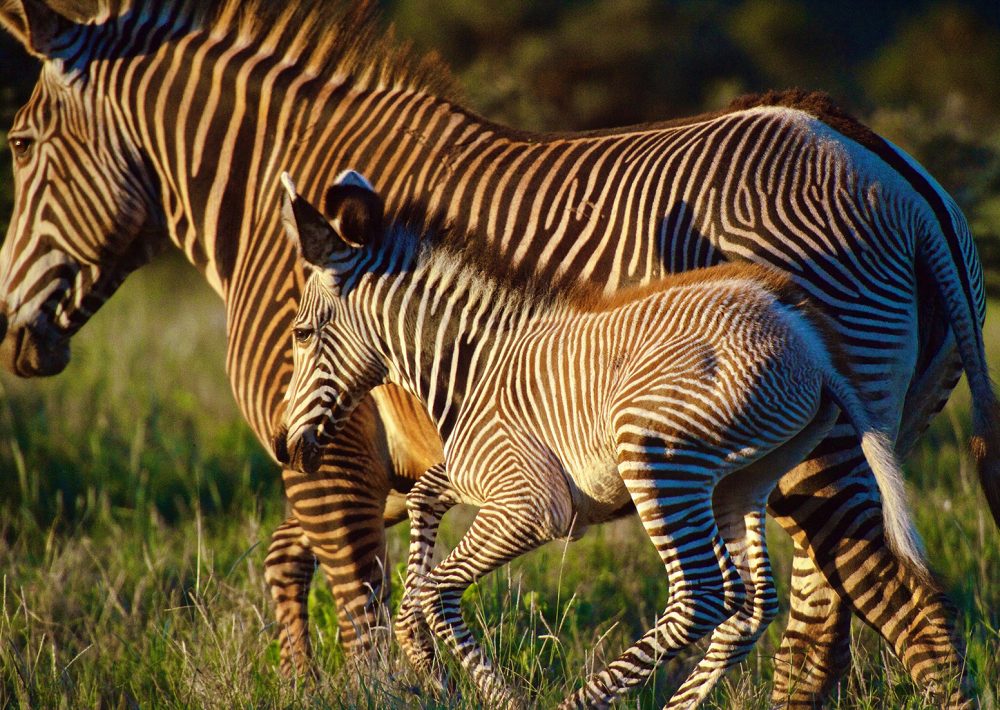
Grevy's Zebra, Lewa Wildlife Conservancy, Kenya/Martin Buzora
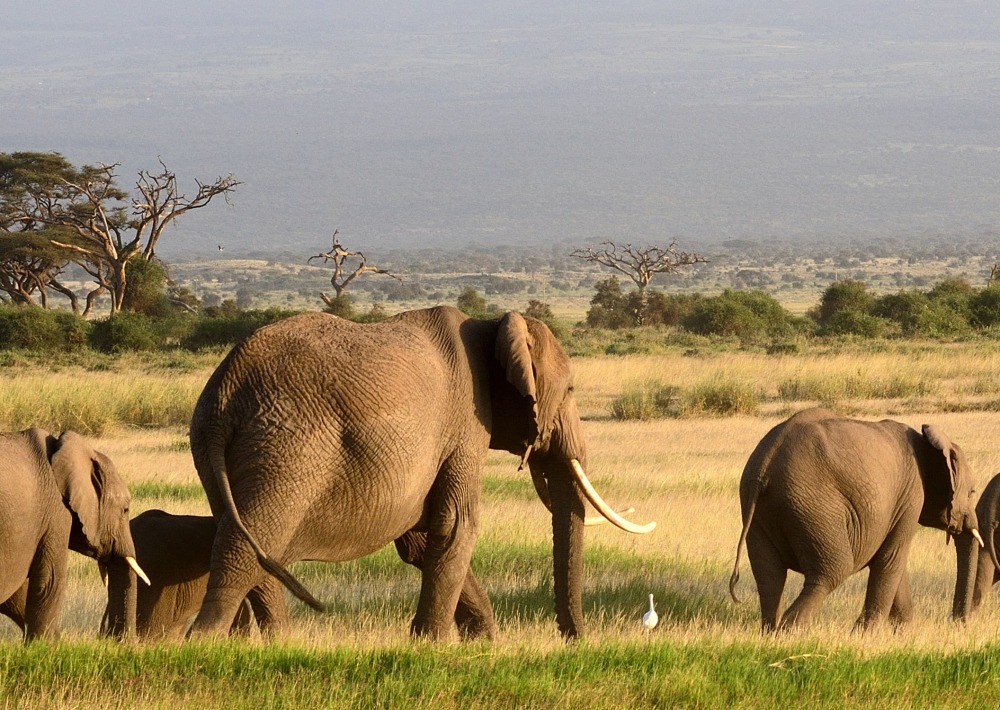
The Endangered African Savanna Elephant, by Attila Jandi
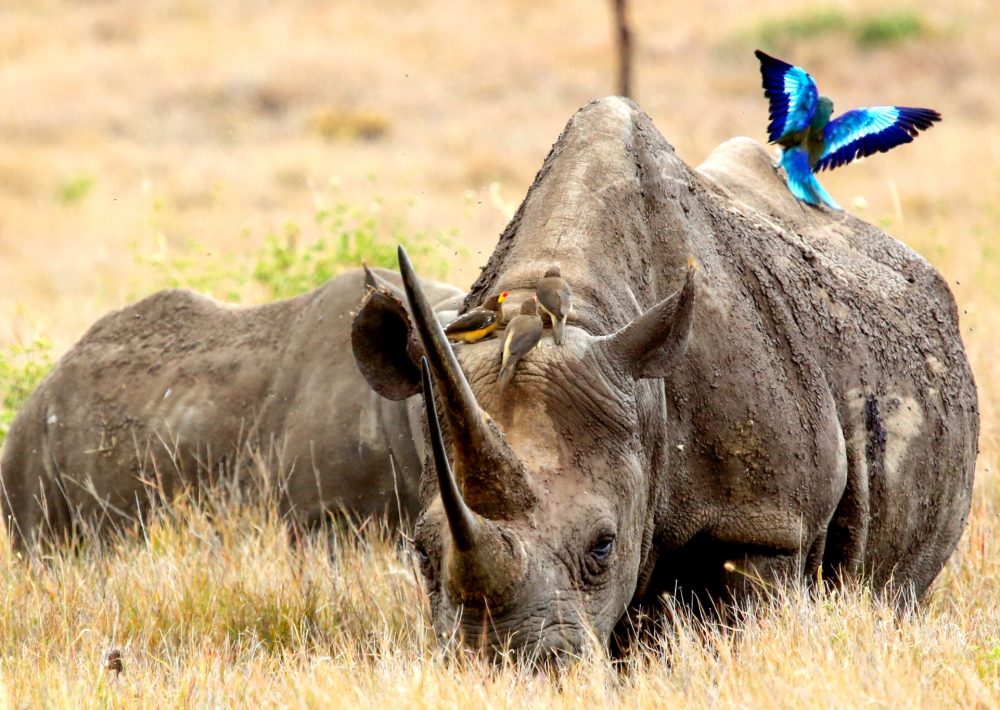
Black Rhino, Lewa Wildlife Conservancy, Kenya/Amir-Hoda
Give the critically endangered black rhino new habitat in Kenya
Over 3,000 acres of this project will expand a new Black Rhino sanctuary planned in 2022. Rhino were abundant in this region only fifty years ago, so returning this imperiled species to protected lands in its native homeland gives it a fighting chance. In 1983, the Black Rhino population was near extinction at 350 individuals. Thanks to an international effort to rescue the species, Black Rhino numbers more than doubled. 2020 was the first year in two decades that not a single rhino was poached in Kenya, thanks to increased protections and effective conservation programs to save critical habitat.
It is essential that we connect these properties to surrounding reserves for species survival
The landscape of this proposal receives more life-giving rain than ranges to the north, and the lush grasses and shrubs that grow there nourish and sustain roaming African herds. The new protected areas will provide safe haven and breeding grounds for more than 50 species of mammals, including two species unique to northern Kenya, Reticulated Giraffe (EN) and Grevy’s Zebra (EN), a globally important population of the African Wild Dog (EN), and many of East Africa’s other beloved “big five” wildlife—African Savanna Elephant (EN), Lion (VU), Leopard (VU) and Cape Buffalo (LC). The area is part of an important range used by Kenya’s second-largest population of African Savanna Elephants, comprising some 13,000 individuals.
More than 400 species of birds live and breed in this landscape, including three Critically Endangered Vulture species (White-backed Vulture, Hooded Vulture and Rüppell’s Vulture), six Endangered birds (Grey Crowned Crane, Egyptian Vulture, Steppe Eagle, Saker Falcon, Martial Eagle and Bateleur) as well as many species listed as Vulnerable.
We must act quickly to secure unbroken rangeland habitat
If we do not secure these three ranches now, we will lose the chance to secure an unbroken wildlife habitat linked to the larger conservancies to the north. Security personnel on these reserves protect against the ever-present menace of poaching that has taken such a tragic toll on rare and iconic species across East Africa.
The future of this region’s rangelands—and the wildlife populations it supports—are at risk from poorly planned development, overgrazing, human-wildlife conflict, and climate disruption. More fragmented habitat will interrupt seasonal wildlife movements and increase the potential for human-wildlife conflict. We will implement a community-led conservation strategy to avert these threats and protect imperiled African wildlife.
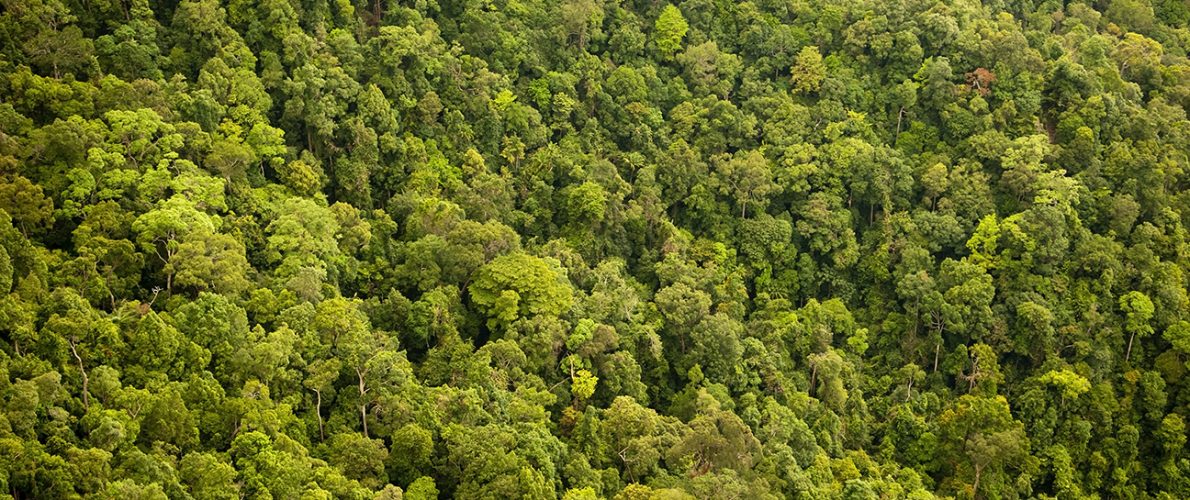
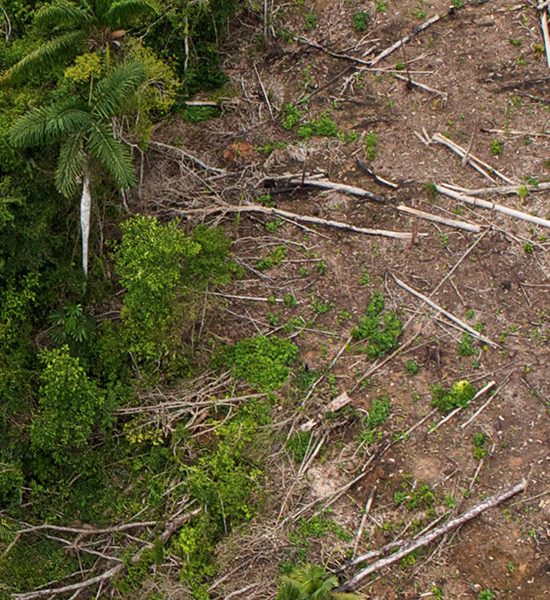
Sign up to receive the latest updates
"*" indicates required fields

